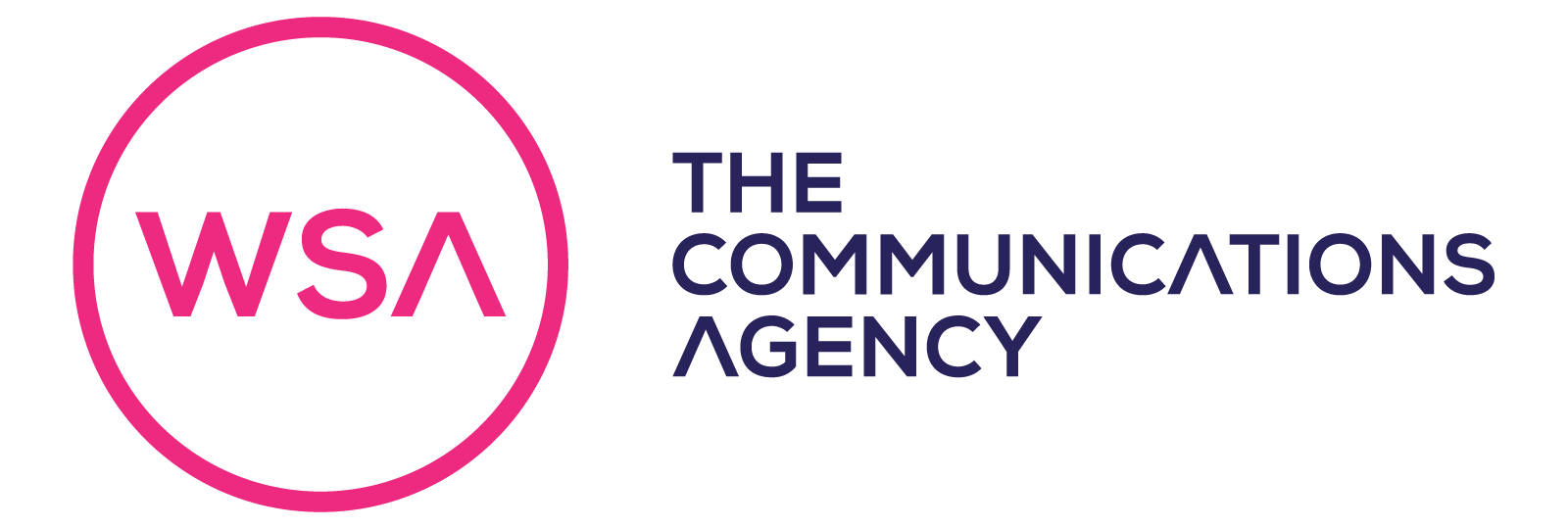When it comes to editorial and advertorial, both mediums can be excellent marketing tools, but it’s important to be able to differentiate between them.
Think of advertorial as simplistically as possible. It’s a promotional advert, written by a company or individual who is paying for that advertising space or slot. This approach is not always value for money as the ad you’re paying for might come with a hefty price tag, and return on investment is not guaranteed, but this method is very popular amongst consumer brands. As an extension of traditional adverts, companies have begun to favour advertorial or sponsored content to be placed on blogs, social, online media outlets etc. The way to be seen within the sea of influencers adopting changing trends and thriving in competitive markets is to pay up! In addition to the traditional full-page advertisements that we’re all familiar with, advertorial content must always include a strapline for transparency that audiences recognise as a disclosure of endorsement.
Editorial is a PR agency’s best friend. It carries significant authority, builds brand credibility and is usually free!
Essentially, editorials feature in newspapers, magazines, websites and newsletters. They are usually written by journalists or PR agencies – like us! They should contain informative and interesting information, providing the potential to spark high-level dialogue across the nation, or industry sector, with newsworthy content. Placing editorial in media outlets can be challenging as the publication dictates when, where, how and if it appears at all. However, successful publication means the stamp of approval has been given by the editor which adds to the reader’s perceptions of credibility.
Paying for your material to be published can be deemed self-serving even though it permits creative freedom and the choice of where your advert will appear. This isn’t to say that advertorials should be ignored as they are advantageous for extensive marketing with the potential to appear in high profile publications.
The most significant difference between editorial and advertorial lies in the way the content is written. Paying for advertorials ensures your article will be published in exactly the same format as it’s submitted. Editorial on the other hand is subject to the editor’s scrutiny, who will decide whether it will be used, how long it will be and how many images (if any) will be used. In both B2B and B2C, editorial contributions can take the shape of opinion pieces and thought leadership articles, targeted towards specific audiences. Advertorials are generally heavily biased with the sole purpose of increasing product awareness and brand exposure.
Finding editorial coverage can be time-consuming, especially as publication isn’t guaranteed. If you know you need to be seen in a specific title at a specific time, advertorial may be for you. However, a good PR agency will include both elements in its offering and will be able to establish and maintain good relationships with the media.
Ultimately, advertorial guarantees exposure but editorial holds more credibility. Both have unique advantages and the best PR campaigns will consider whichever option best fits the current objective.
If you would like to learn more about how WSA can help with your traditional or digital PR needs, explore the services we offer here.

